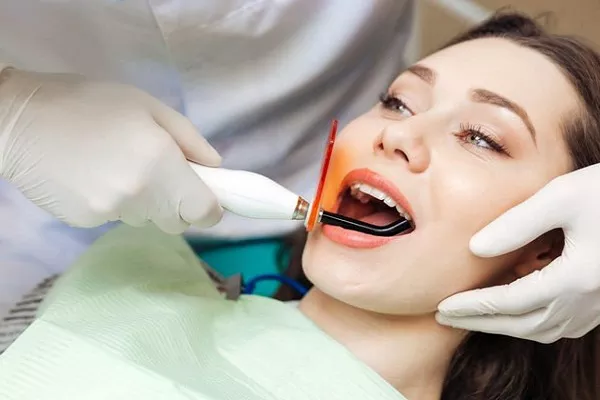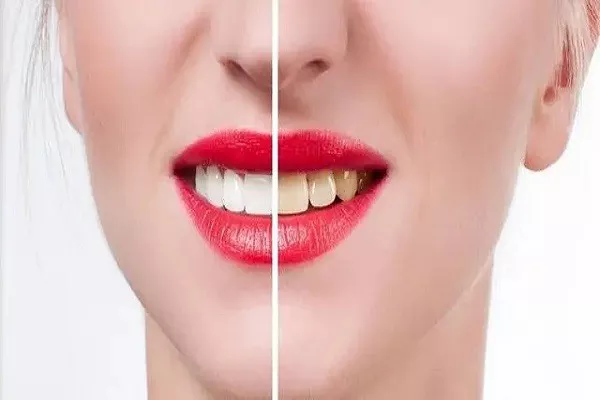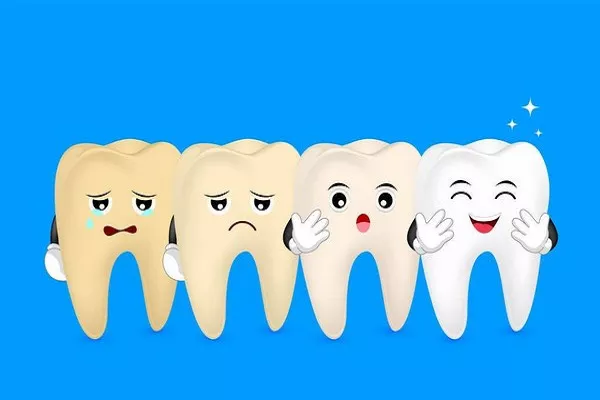Maintaining oral health is a vital component of overall well-being, and regular dental cleanings play a crucial role in achieving healthy teeth and gums. Dental cleanings, also known as prophylaxis, involve the removal of plaque, tartar, and stains from the teeth, helping to prevent oral issues such as cavities, gum disease, and bad breath. However, the question of how often one should get dental cleanings is a common concern. In this article, we will explore the factors that influence the frequency of dental cleanings, the benefits of regular cleanings, and guidelines to help individuals make informed decisions about their oral care routine.
Importance of Dental Cleaning
Maintaining good oral hygiene is a crucial aspect of overall health and well-being. Dental cleanings, also known as prophylaxis, are essential procedures that contribute significantly to oral health maintenance. These routine cleanings offer numerous benefits that go beyond simply achieving a bright smile.
Plaque and Tartar Removal:
Even with regular brushing and flossing, some areas of the mouth can be challenging to clean thoroughly. Over time, the accumulation of bacteria, food particles, and saliva forms a sticky film known as plaque. If left untreated, plaque can harden into tartar, which cannot be removed by brushing alone. Dental cleanings effectively remove both plaque and tartar, preventing the development of cavities and gum disease.
Prevention of Gum Disease:
Gum disease, also known as periodontal disease, is a common oral health issue that affects the gums and supporting structures of the teeth. It begins with gingivitis, characterized by gum inflammation, bleeding, and tenderness. Without proper treatment, gingivitis can progress to more severe stages of gum disease, leading to gum recession, tooth mobility, and even tooth loss. Regular dental cleanings play a pivotal role in preventing gum disease by removing plaque and tartar that can harbor harmful bacteria.
Early Detection of Oral Issues:
During dental cleanings, dental professionals thoroughly examine the mouth for signs of oral health issues. This includes checking for cavities, gum inflammation, oral lesions, and other abnormalities. Early detection of these issues allows for prompt intervention and minimizes the potential for more extensive and costly treatments later on. Dental cleanings serve as an opportunity for both prevention and proactive care.
Improved Aesthetic Appeal:
Clean, healthy teeth contribute to a confident smile and enhanced aesthetic appeal. Dental cleanings not only remove stains and discoloration caused by factors like coffee, tea, tobacco, and certain foods but also help maintain the natural brightness of teeth. Individuals often notice a significant improvement in the appearance of their teeth after a professional cleaning.
Bad Breath Prevention:
Persistent bad breath, also known as halitosis, can be attributed to various factors, including poor oral hygiene, bacterial buildup, and oral infections. Dental cleanings help eliminate bacteria that contribute to bad breath, leaving the mouth feeling fresher and more pleasant.
Factors Influencing Cleaning Frequency
The frequency of dental cleanings can vary from person to person and is influenced by several factors:
a. Overall Oral Health: Individuals with excellent oral hygiene practices and minimal oral health issues may require fewer cleanings compared to those with a history of cavities or gum disease.
b. Gum Health: The health of the gums plays a significant role in determining cleaning frequency. Individuals with healthy gums may need cleanings less frequently than those with gum disease.
c. Diet and Lifestyle: Consumption of sugary foods, tobacco use, and excessive coffee or tea intake can contribute to staining and plaque buildup, necessitating more frequent cleanings.
d. Medical Conditions: Certain medical conditions, such as diabetes or autoimmune disorders, can impact oral health and may require more frequent dental visits.
e. Smoking and Alcohol Use: Smoking and heavy alcohol consumption can increase the risk of oral health issues and may warrant more frequent cleanings.
f. Age: Children, adolescents, and seniors may have unique dental needs that influence cleaning frequency.
Recommended Cleaning Schedule
While individual circumstances vary, a general guideline for dental cleaning frequency is as follows:
a. Every Six Months: Many individuals benefit from dental cleanings every six months. This schedule allows for the removal of plaque and tartar before they lead to significant oral health problems. Regular cleanings also provide an opportunity for the dentist to monitor oral health and address any emerging issues promptly.
b. Three to Four Months: Some individuals, especially those with a history of gum disease, may require cleanings every three to four months. This schedule helps manage gum health and prevents the progression of periodontal issues.
c. Annually: Individuals with exceptional oral hygiene practices and minimal risk factors may consider annual cleanings. However, this schedule is best discussed with a dentist to ensure it aligns with individual needs.
Benefits of Regular Dental Cleanings
Regular dental cleanings offer a range of benefits that contribute to overall oral health and well-being:
a. Plaque and Tartar Removal: Cleanings effectively remove stubborn plaque and tartar buildup, reducing the risk of cavities and gum disease.
b. Stain Removal: Dental cleanings help eliminate surface stains caused by foods, beverages, and tobacco use, leading to a brighter smile.
c. Prevention of Gum Disease: Regular cleanings prevent the accumulation of harmful bacteria that contribute to gum inflammation and disease.
d. Early Detection: Dental professionals can identify emerging oral health issues during cleanings, enabling early intervention and minimizing potential damage.
e. Fresh Breath: Cleanings remove bacteria that can cause bad breath, leaving the mouth feeling fresh and clean.
f. Preservation of Dental Work: Regular cleanings help maintain the longevity of dental restorations such as fillings, crowns, and veneers.
Personalized Approach
Ultimately, the recommended frequency of dental cleanings should be determined in consultation with a dentist. A dental professional can assess your oral health, risk factors, and individual needs to develop a personalized cleaning schedule.
Conclusion
Maintaining optimal oral health requires a combination of personal oral hygiene practices and regular dental cleanings. The question of how often one should get dental cleanings depends on various factors, including overall oral health, gum condition, lifestyle habits, and medical history. By following recommended guidelines and collaborating with a dental professional, individuals can establish a cleaning schedule that promotes healthy teeth, gums, and a confident smile. Regular dental cleanings not only prevent oral health issues but also contribute to overall well-being, underscoring the importance of prioritizing oral care as an integral part of a healthy lifestyle.
Related Topics:





























